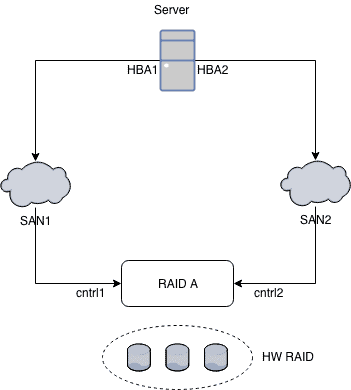

Making use of multiple paths is beneficial, improving resource These paths need not be entirely disjoint: they may To simplify the design, we assume that the presence of multipleĪddresses at a host is sufficient to indicate the existence of O It can be assumed that one or both hosts are multihomed and O It must be backwards-compatible with current, regular TCP, to Group imposed two key constraints on the Multipath TCP design In order to limit the potentially huge design space, the working MPTCP, and as a consequence of these factors, what API extensions Have on applications, what applications will want to do with O Application considerations discusses what impact MPTCP will O Congestion control presents a safe congestion controlĪlgorithm for coupling the behavior of the multiple paths in order Separation through which an extensible MPTCP implementation can be This design is based, and an explanation of a functional TCP, contains a discussion of high-level design decisions on which O Architecture, which explains the motivations behind Multipath Thisĭocument is complemented by three others: Required to create a Multipath TCP implementation, however. Multiple paths ("subflows"), managing these subflows, reassembly ofĭata, and termination of sessions. Thisĭocument presents the protocol changes required to add multipathĬapability to TCP specifically, those for signaling and setting up Provide a Multipath TCP service, which enables a transportĬonnection to operate across multiple paths simultaneously. Multipath TCP (MPTCP) is a set of extensions to regular TCP to Address Knowledge Exchange (Path Management). Requesting a Change in a Path's Priority. Informing the Other Host about Another Potential Address.

Associating a New Subflow with an Existing MPTCPĬonnection. The Trust Legal Provisions and are provided without warranty asġ.
Multipatch pc license#
Include Simplified BSD License text as described in Section 4.e of
Multipatch pc code#
Code Components extracted from this document must Please review these documentsĬarefully, as they describe your rights and restrictions with respect This document is subject to BCP 78 and the IETF Trust's Legal
Multipatch pc how to#
Information about the current status of this document, any errata,Īnd how to provide feedback on it may be obtained atĬopyright (c) 2013 IETF Trust and the persons identified as the Internet Standard see Section 2 of RFC 5741. NotĪll documents approved by the IESG are a candidate for any level of Publication by the Internet Engineering Steering Group (IESG). It has received public review and has been approved for It represents the consensus of the IETFĬommunity. This document is a product of the Internet Engineering This document defines an Experimental Protocol for the InternetĬommunity. Published for examination, experimental implementation, and This document is not an Internet Standards Track specification it is The same type of service to applications as TCP (i.e., reliableīytestream), and it provides the components necessary to establishĪnd use multiple TCP flows across potentially disjoint paths.

Traditional TCP to support multipath operation. This document presents a set of extensions to Multipath TCP provides the ability to simultaneously use multiple Improve resource usage within the network and, thus, improve userĮxperience through higher throughput and improved resilience to Simultaneous use of these multiple paths for a TCP/IP session would TCP/IP communication is currently restricted to a single path perĬonnection, yet multiple paths often exist between peers. TCP Extensions for Multipath Operation with Multiple Addresses RFC 6824: TCP Extensions for Multipath Operation with Multiple Addresses Įrrata Exist Internet Engineering Task Force (IETF) A.


 0 kommentar(er)
0 kommentar(er)
